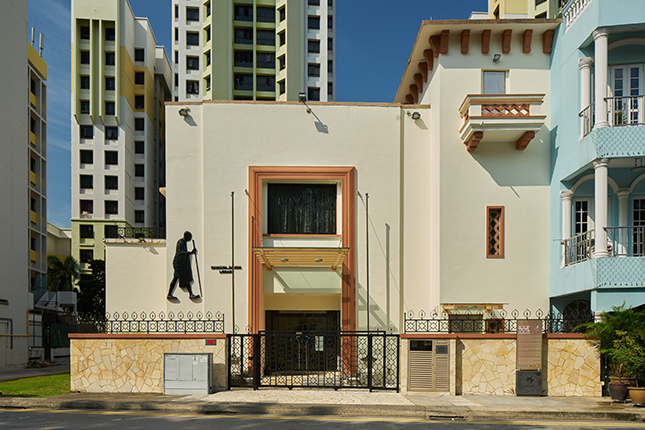The Mahatma Gandhi Memorial was built following a visit by the first Prime Minister of India, Jawaharlal Nehru in 1950. Nehru himself laid the foundation stone on 18 June 1950. The full cost of building the memorial was raised by the Indian community in Singapore.
For Indians all over the world, Gandhi was a powerful symbol of peace as well as national-cultural pride for his efforts during India’s struggle for independence. In 1948, Gandhi was assassinated by a Hindu fanatic opposed to his concessions to those from other religions, particularly Muslims. Thereafter, memorials to commemorate Gandhi were built all over the world and serve as a reminder to Indians, Muslims, Sikhs, and Hindus that they all belong to one brotherhood.
Amongst prominent Indians who pushed for the building of the memorial were V Pakirisamy, Rajabali Jumabhoy and P Govindasamy Pillai. Pakirisamy was President of the Singapore India Association from 1939-41 and a founding member of the Inter-Religious Organization. Jumabhoy was a founding member of the Indian Association and the Singapore Indian Chamber of Commerce. Pillai was a noted philanthropist and an important member of the Hindu community. In addition, many members of the Indian working class and non-Indians also contributed towards the building of the memorial.
The Singapore Indian Development Association (SINDA) used the building as its office until 1993, after which it fell into disuse and disrepair. In 2008, the Hindi Society (Singapore) leased the building as its office and restored it over the next two years. The Mahatma Gandhi Memorial is a conserved building.






